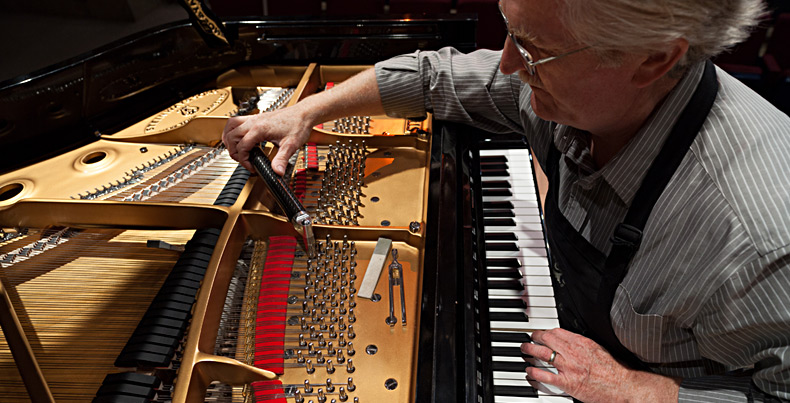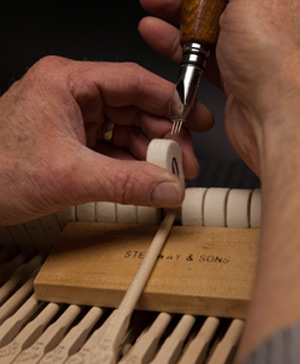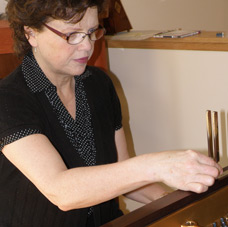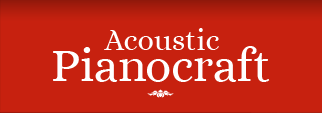Piano Tuning, Repair & Voicing
Piano Tuning

Pianos in North America are generally tuned to A440. Piano tuning is perishable and will need to be done regularly. You will want your piano to be at the same pitch as the other music that you are listening to at your piano lesson, on the radio or TV, at church, the movies, and recordings. The string tension is adjusted by turning the tuning pins and adjusting the pitch so that the individual keys sound correct and so that the pitch relationships between the intervals within chords is harmonious.
Piano Repairs & Regulating
Regular maintenance can forestall any developing problems within the piano action and correct existing issues for the pianist.
Regulating adjusts the mechanical functions within the piano action. Regulating the distance of the key stroke, the travel distance of the hammer, the point of escapement, the damper lift and all other mechanical issues will contribute to the sense of touch.
Jim and Margaret can complete most repairs on site in a client's home or studio however, there is workshop capability when necessary for more comprehensive repairs.


Piano Voicing
The most common issue is a strident or tinny percussive style of tone. In this case the hammer felts are likely too rigid or deformed from wear. They can be reshaped with files and textured by needling to soften the hammer shoulder. Sizing can be added to the hammer felts if the tone is too quiet. Voicing also includes the leveling of the strings and the fitting of the hammer surface to the string. This increases the dimension, depth and presence of tone. Often new pianos require this treatment to reach their potential in the owner's acoustic environment.
Contact
250-477-6439


